Psychedelics like mushrooms and LSD were first made popular by the bohemian youth of the 70s, but today, medical professionals have realized these substances may be beneficial for the body and mind. When taken in small doses, that is.
However, before psychedelics are recommended to the masses as medicine, scientists first need to find out more about their long-term effects. And one study is specifically trying to understand the unusual visual side effects.
Psychedelics Produce Strange Visuals for the User
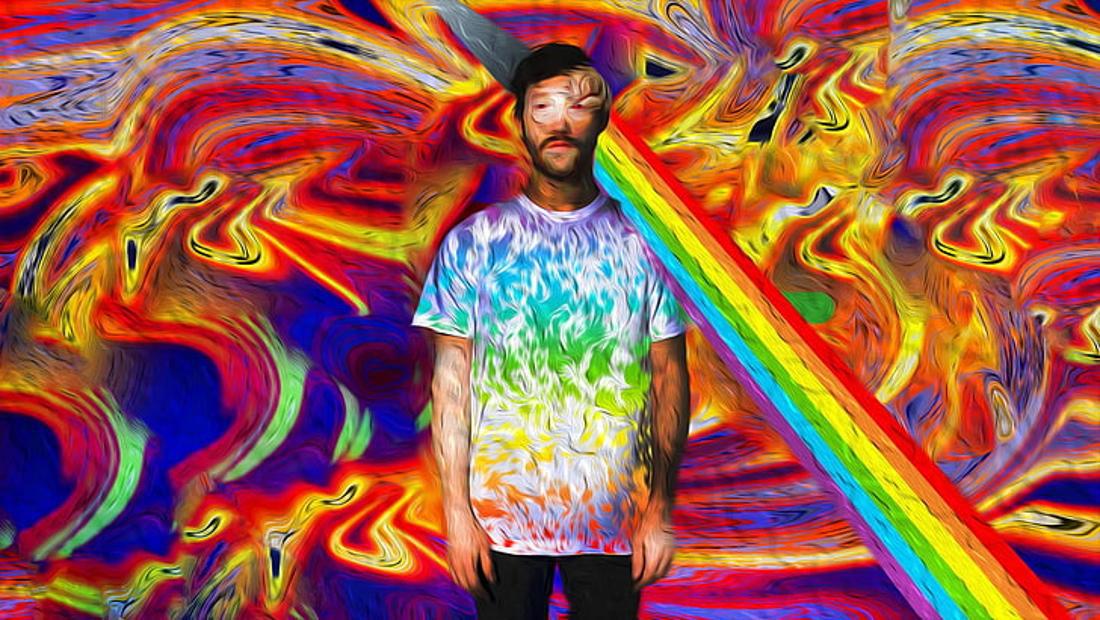
Thanks to movies and television shows that portray the experience of using psychedelic drugs, even those who have never taken them know that these substances often produce wild and surreal visuals.
For some, those visuals become full of intense hallucinations. Whereas, for others, the real world simply becomes far brighter, the lines are less rigid, and there is often a sense of seeing beyond the veil.
The Study Strived to Find Out If These Visuals Would Last
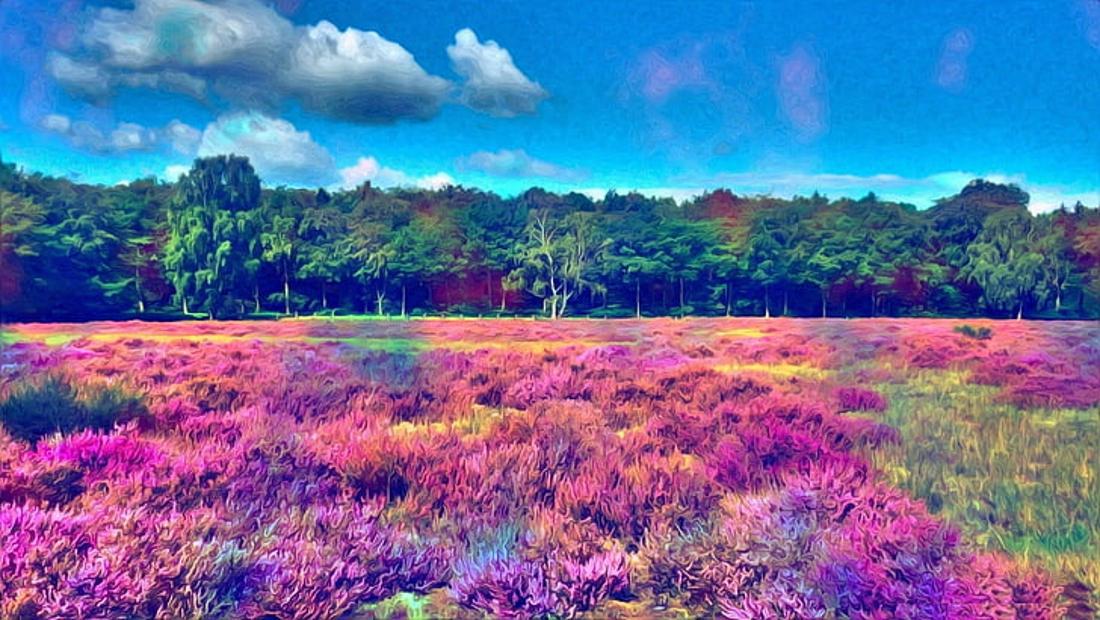
And while, for many, the visual experience of taking psychedelics is enjoyable, for others, it can be very overwhelming and even produce anxiety, fear, and thoughts of self-harm. Luckily, a psychedelic trip only lasts a few hours, then, the visuals disappear.
However, the British Association for Psychopharmacology decided that it was important to figure out if residuals of these visuals actually last long beyond the trip.
Aim and Methods of the BAP Study
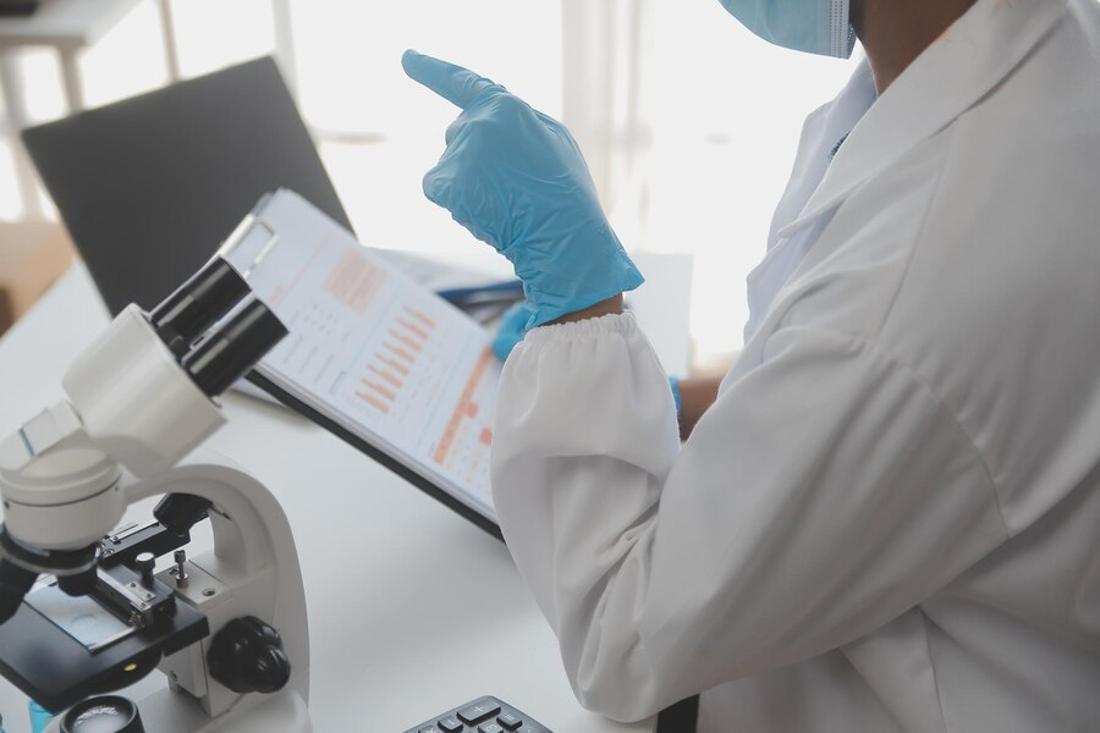
Otto Simonsson, a postdoctoral researcher and author of the BAP study explained that other studies “suggest that naturalistic psychedelic use may be associated with unusual visual experiences that occur after the acute pharmacological effects have subsided, such findings need to be replicated in longitudinal studies to better understand potential cause-and-effect relationships.”
In other words, they have reports that hallucinations and visual activity have lasted far longer than the drugs themselves, but wanted to conduct a “longitudinal observation,” i.e., a long-term study to fully understand the user experience.
The Study Gave 9,732 Participants Psychedelics
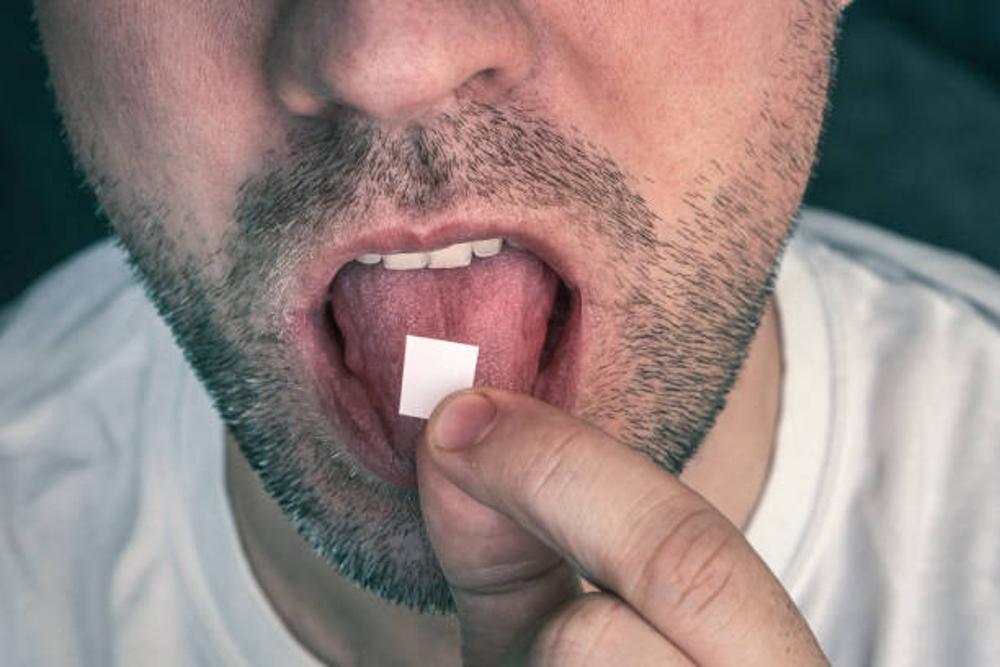
The study used both psilocybin, found in mushrooms, and lysergic acid diethylamide (LSD) among its 9,732 participants from the United States and the UK.
Then, over the course of two months, they asked participants to report any unusual visual activity or experiences.
What Did the Participants Notice?
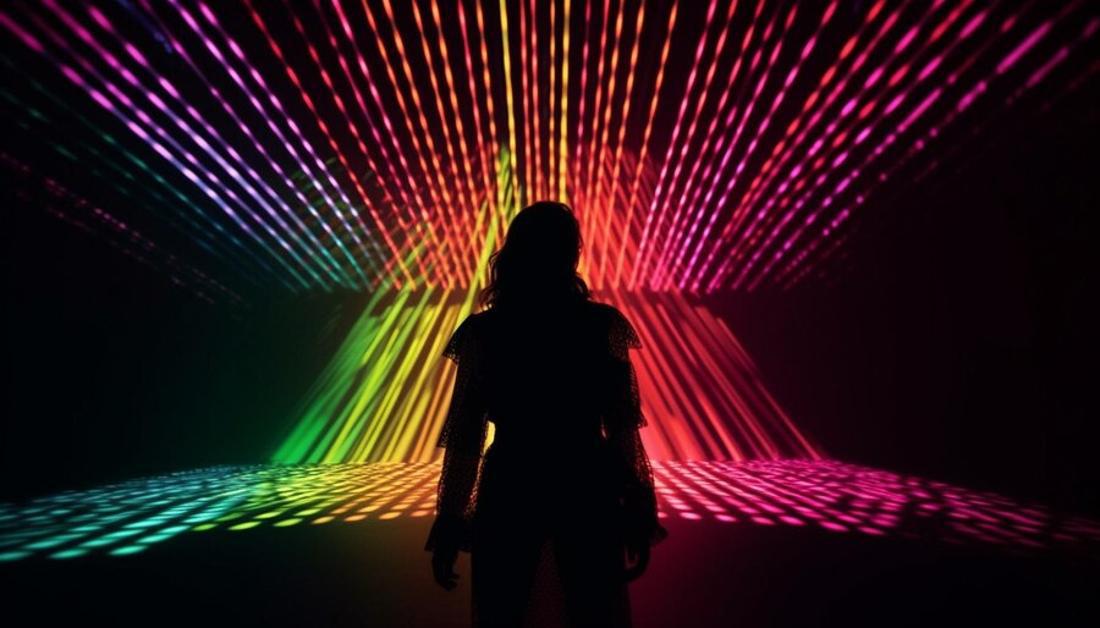
The vast majority of the almost 10,000 participants did report that they experienced unusual visuals in the two months after they originally took the psychedelics.
The most commonly reported occurrences were sensitivity to oscillating lights, brighter colors, and noticeable patterns. Also, they mentioned specifically eyes that were not actually there.
Many Participants Reported Seeing Unidentified Flying Objects
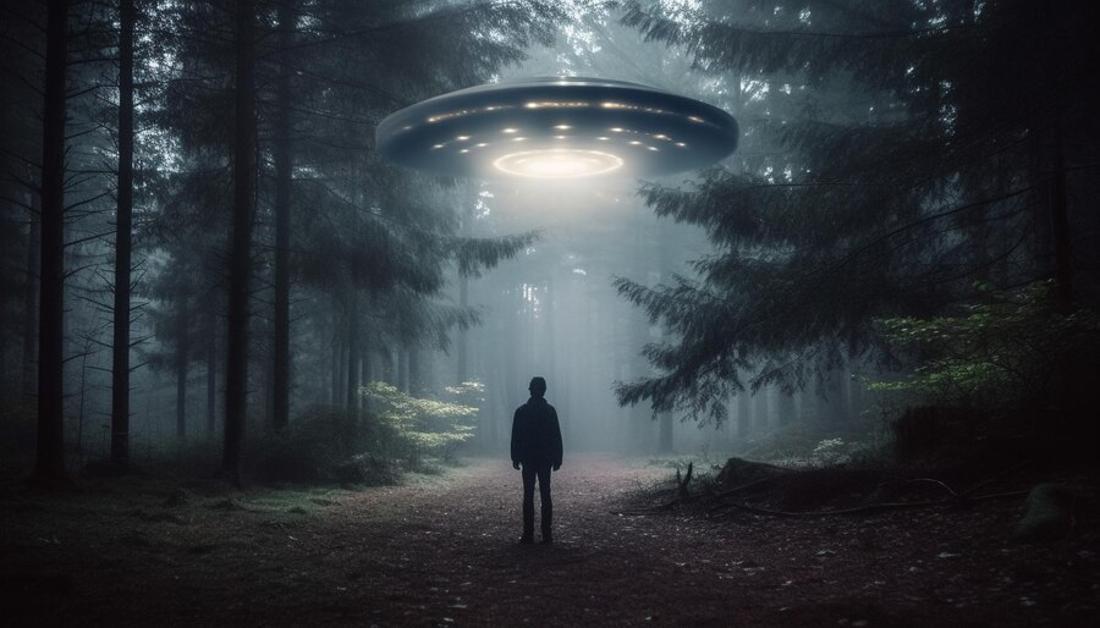
In addition to more vibrant colors and patterns, many of the study’s members also reported they were seeing unidentified aerial phenomena, otherwise known as UFOs.
Which, for researchers is slightly more alarming than the noticeable difference in colors and lights as it indicates that the participants were (most likely) seeing things that truly did not exist long after taking the drugs.
New Users Experienced Far More Residual Visuals

Another intriguing aspect of the study researchers noted was that those participants who had taken psychedelics before were far more likely to report additional unusual visuals than those who had taken the drugs before.
From this finding, the study’s authors deduced there may be a naivety within first time users. Which, consequently, could mean that those who have not used psychedelics previously are more likely to develop HPPD or hallucinogen persisting perception disorder.
The Dangers of Self-Reported Data
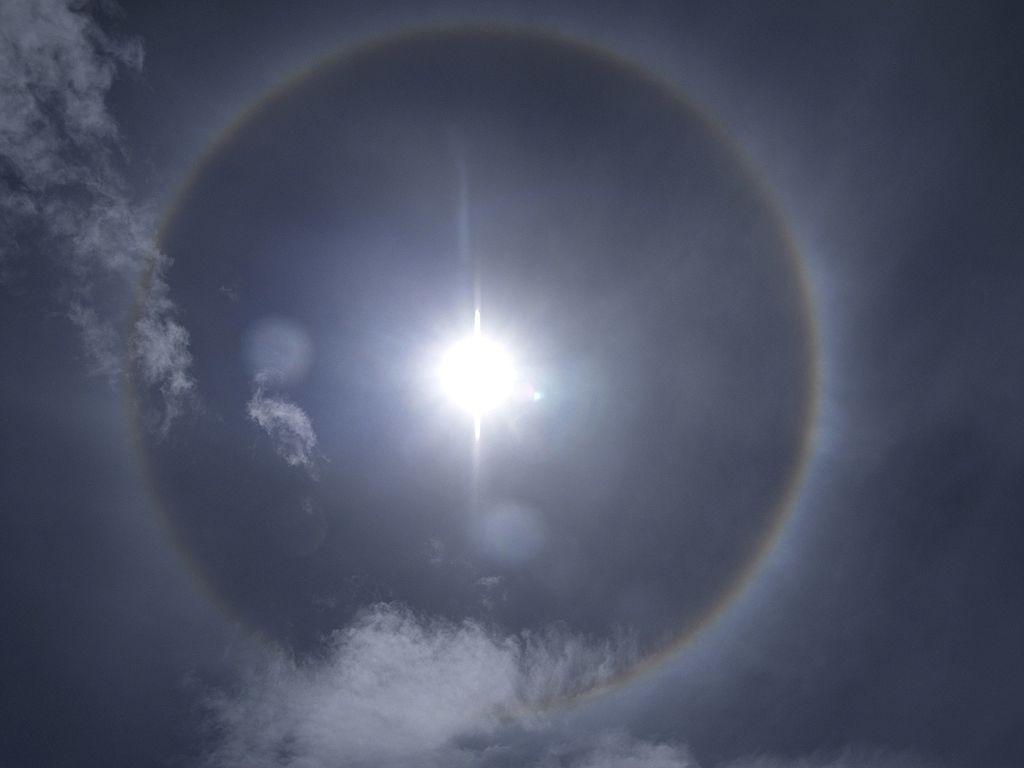
Participants in the study reported various kinds of visuals such as halos around the sun, eyes within knots of wood, and intensified colors. However, the study notes that because all this information was self-reported, it’s challenging to make any concrete conclusion.
The participants may not be able to accurately recall the exact visual they saw, or even describe it properly. This, in turn, limits the researchers’ ability to state anything as fact.
“Visual Experiences Are Possible Consequences”

However, even with taking recall bias into consideration, the study was able to conclude that longlasting visual experiences are possible for both first time and experienced users.
The authors wrote in the study, “The current results suggest that public health campaigns communicate to those who intend on using psychedelics (e.g., in states that have liberalized laws around psilocybin and other psychedelic substances) that unusual visual experiences are possible consequences of use.”
The Reported Visuals Were Infrequently Distressing
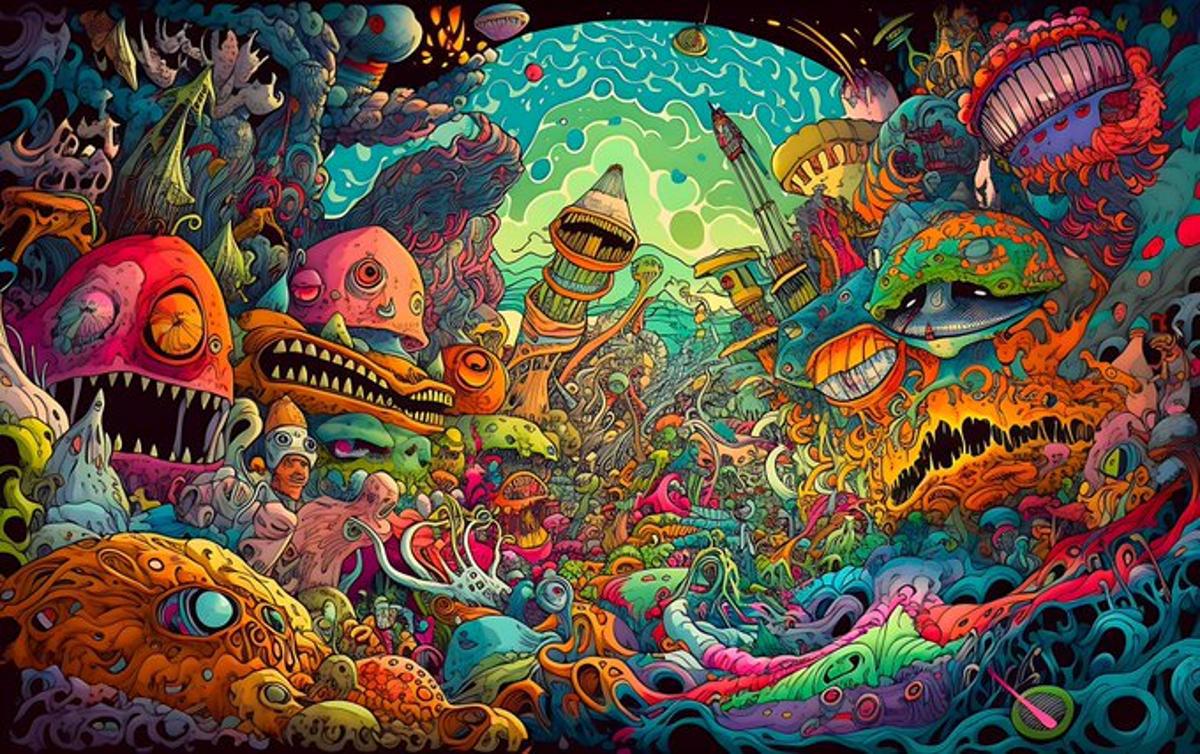
It’s important to note that while many worry the visuals during and after a psychedelic trip will be distressing, that’s not what the study found to be true.
However, they did note, “While such experiences may not necessarily be associated with impairment or distress, clinicians should be prepared for reports of unusual visual experiences.”
More Research Needs to Be Conducted

While this study conducted by the BAP certainly taught researchers a great deal about visual experiences after psychedelic use, the authors report that more research needs to be conducted.
At the end of the study, they wrote, “Future longitudinal research should investigate the time course of these unusual visual experiences and if, for whom, and under what circumstances they might represent a significant adverse outcome requiring intervention.”








































